Our Humpback Whales
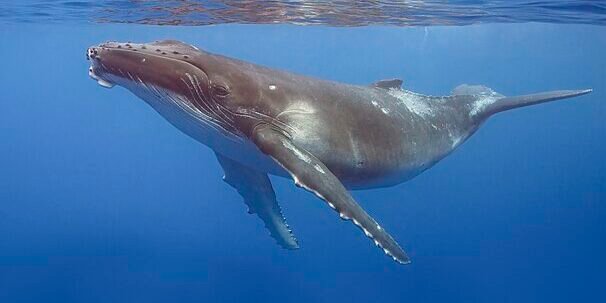
Costa Ballena—literally Whale Coast—gets its name from the humpback whales that visit our shores each year. These majestic creatures are the main attraction at Parque Nacional Marino Ballena (Whale National Marine Park), a protected area designed to safeguard their nursery grounds.
Costa Rica’s strategic location allows both Northern and Southern Hemisphere humpback populations to cross paths here, making sightings common. Tour operators offer whale-watching boat tours, but you can often spot whales right from the beach, especially during peak migration seasons.

OUR COSTA BALLENA HUMPBACK WHALES
Twice the Whales!
Our Costa Ballena region is lucky to receive two separate Humpback Whale populations, giving us two whale-watching seasons every year. From mid-July to mid-November we are visited by the Southern Hemisphere Whales who travel here from Antarctica, and from mid-December to April it is the Northern Hemisphere Whales who pay us a call, trekking here from the Arctic. So for over 8 months each year, the Humpback Whales can be found along our shores. And you will know very quickly, via the local grapevine, when a pod of these amazing creatures is in the neighborhood & putting on a show.
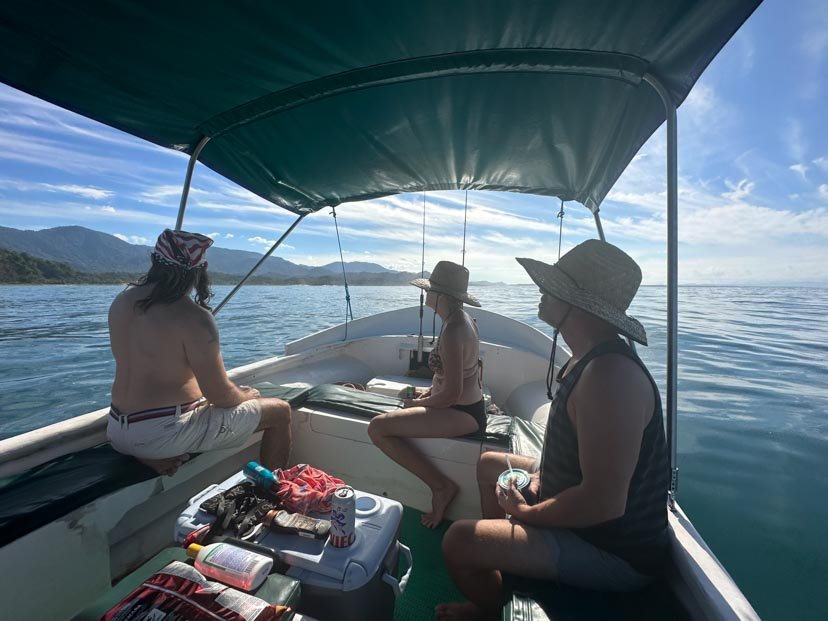
Our Perfect Habitat
The Humpback Whales come to our shores to give birth because the warm, shallow & calm waters are safe & nourishing to the young calves. Protected areas such as the waters of Uvita’s Marino Ballena NP are some of the best spots to see the Whales, with the many shoals & sandbanks offering calmer, warmer seas & the perfect habitat. The warm local waters boost the calves’ growth rates and allow the mothers to optimize their energy use as they devote their efforts towards their young. Another bonus of our area is the sparse population of Killer Whales who can target the calves. Once the young are bigger & out of the immediate danger zone, it is time for the Whales to head back to the cold waters where plentiful food will sustain the young families.
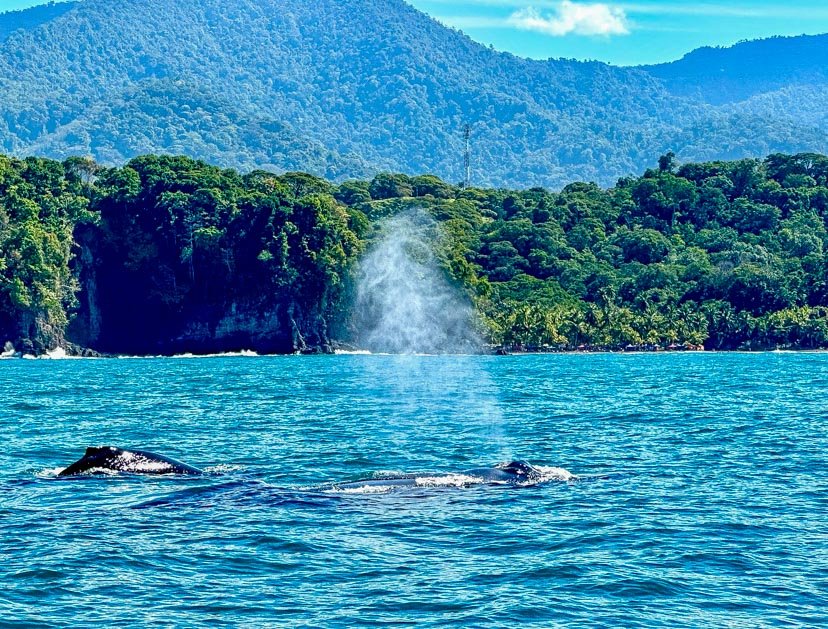
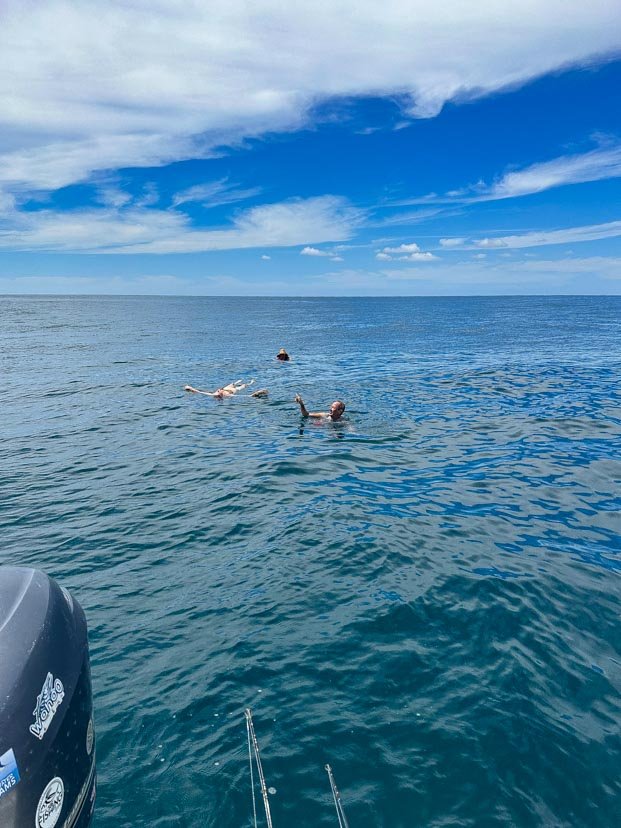
A BIT ABOUT THE HUMPBACK WHALE
A HUGE Animal!
Stretching between 14 and 17 meters long, the Humpback Whale is a baleen whale of the genus Megaptera, the only animal in that genus. It is not the biggest whale but its size it nevertheless very impressive – longer than a city bus and, at 40 tons, three times heavier! The Whale’s flippers can be 1/3 its body length and the tail fluke can be as large as a full-sized SUV. The Whale’s heart weights up to 200kg (heavier than a full grown Gorilla!) and moves 200 liters of blood with every pump!

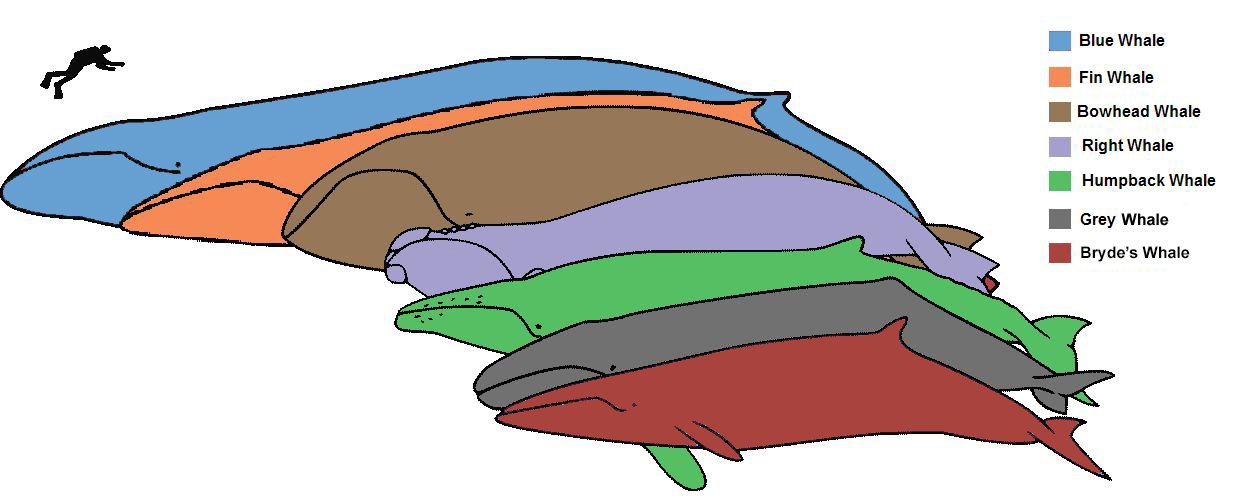
The Famous HUMP
Humpback Whales get their name from the sharp curving on their backs that becomes especially visible as they prepare to dive – the photo below, of a Humpback Whale visiting our Costa Ballena, clearly illustrated this ‘humped’ or ‘curved’ back:
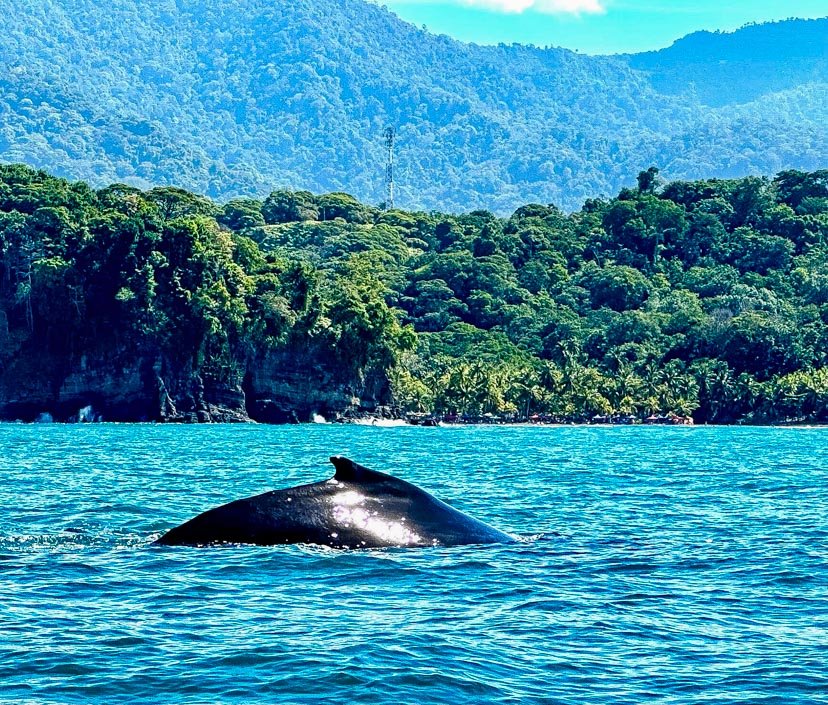
Range & Travel
The Humpback Whale ranges across the world’s oceans and seas, from the Arctic to the Antarctic and all around the globe with the exceptions of some high polar oceans and enclosed waters. They prefer to stay near the land, often spending time along shorelines and continental shelves. The Whales feed in the colder polar waters during the polar summers and migrate to the tropics to give birth during polar winters. Some populations can migrate up to 8,000 km or 5,000 miles in one direction every year! The whales cruise at a leisurely 8-15 km/h but can reach speeds of up to 30 km/h when threatened.

Birth & Babies
Humpback young are born after a long, 11.5 month gestation – that is almost one full year! The gestation period is very long in order to allow the calf maximum development before birth – this contributes to their survival as they are born very capable and self-sufficient. Usually only a single calf is born at a time, which is fair enough as the calves are born fairly large – 4.5 meters in length and about 1,500 kg in weight! Humpback Whale births have not been well-observed but we know the process takes less that 5 minutes, after which the mother may help the calf reach the surface for a first breath. Calves suckle for up to a year but can eat adult food at six months.
Humpbacks sexually mature at between 5–10 years, depending on the population. Physical maturity is assumed to occur at 8–12 years and the Whales may live for over 50 years, with the oldest specimen being observed to live to 95 years old.
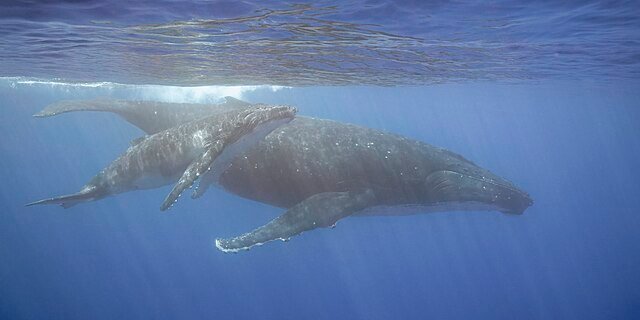
Social Behaviour
Humpbacks usually form short-lived groups, staying together from a few days to a few weeks – the only exception being a mother and calf pairing which can last over a year. The groups are usually small except in the case of convergence at feeding grounds or when males aggregate in pursuit of a female.
TOOTHED vs BALEEN WHALES
There are two general types of whales: toothed and baleen. Toothed whales have teeth which they use to catch fish, squid and marine mammals, and they are often smaller than baleen whales. Examples of toothed whales include Sperm Whales, Orca (Killer Whale), Dolphins, and Porpoises. Baleen whales are larger and, in place of teeth, wear baleen plates made of keratin (like human fingernails) used to filter small prey – krill, plankton, and small fish – from seawater. These plates are also known as ‘whalebone’. Examples of baleen whales include the Blue Whales, Humpback Whales, Gray Whales and Minke Whales.
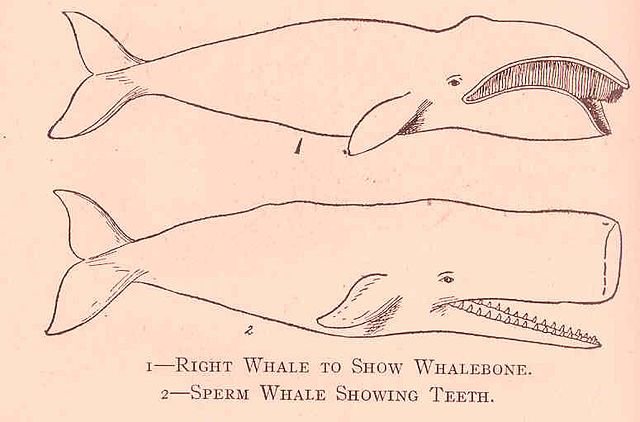
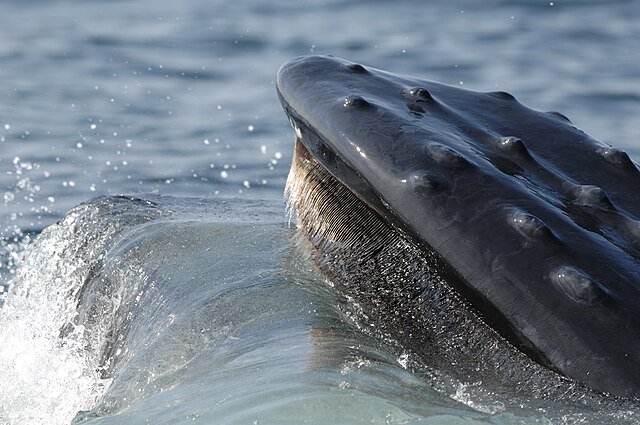
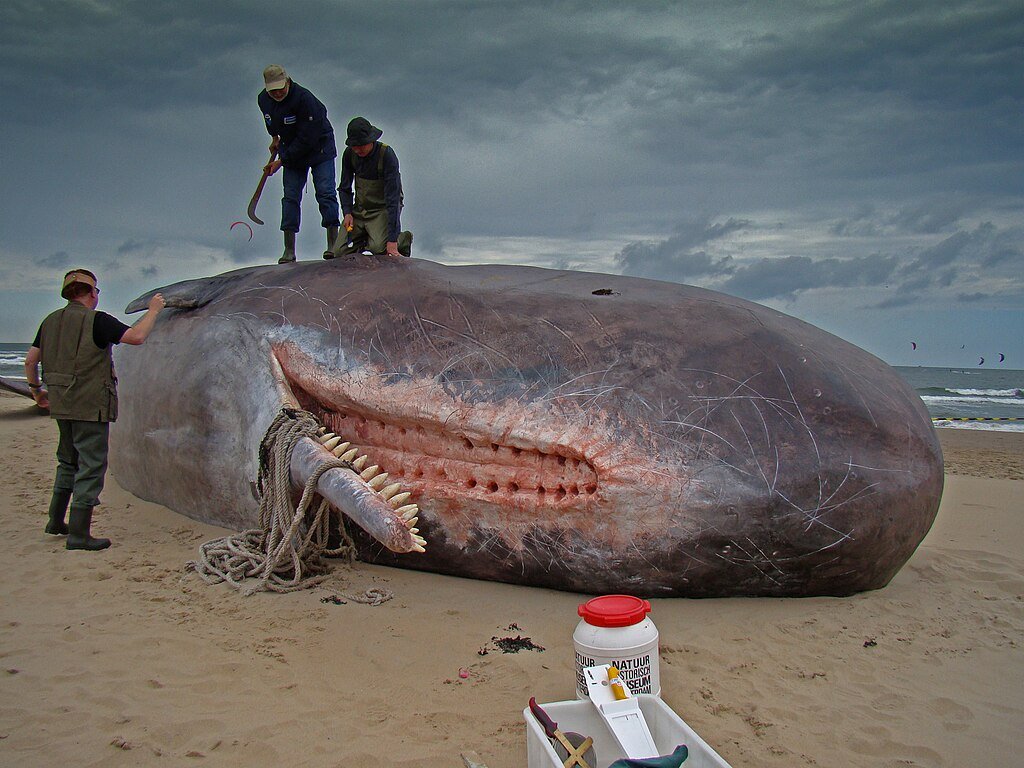
Baleen whales are generally graceful, moving slowly and rhythmically through the ocean waters while feeding on krill & plankton – with the exception of the so-called ‘bubble feeding’ discussed later in this article. Toothed whales, on the other hand, exhibit fast, agile & jerky movements as they use echolocation to more actively chase prey.
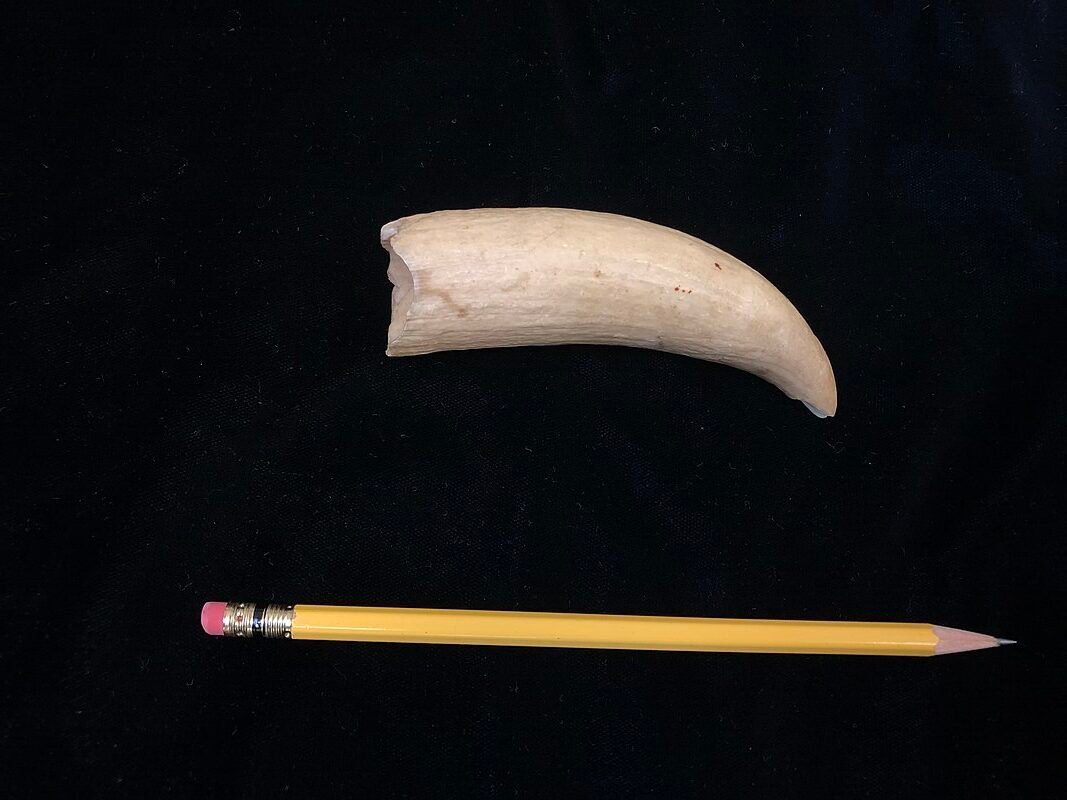
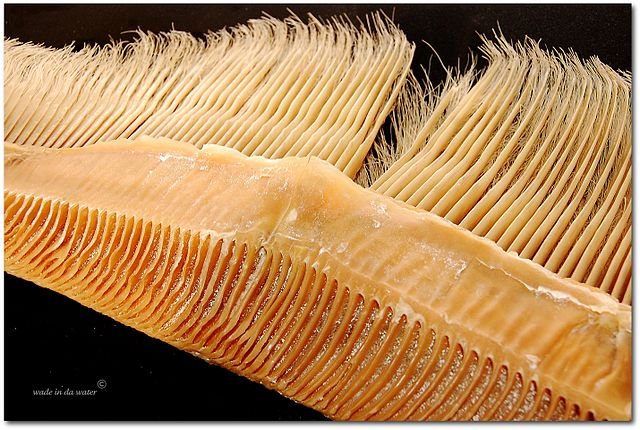
WAIT, SO DOLPHINS ARE WHALES??? AND THEY ARE A COUSIN OF THE HIPPO?
In a broader sense, yes – animals such as dolphins and orcas belong to one of two parvorders of animals considered to be whales – Mysticeti and Odontoceti. These parvorders, sitting under the Cetacea infraorder, comprise related aquatic marine mammals. Mysticeti parvorder – Baleen or Whalebone Whales – holds creatures such as Humpback Whales, Grey Whales, Right Whales, Minke Whales, Fin Whales and other animals. The other parvorder, Odontoceti, holds the Toothed Whales such as Sperm Whales, Dolphins, Belugas, Porpoises, Narwhals, and others.
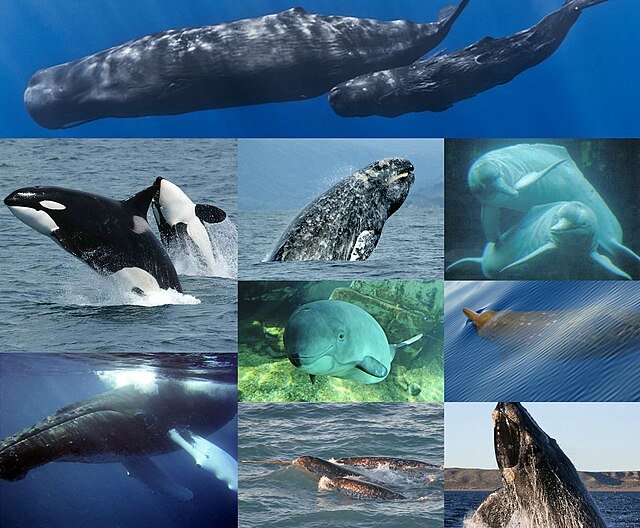
Whales, Dolphins and Porpoises belong to the higher order of Cetartiodactyla which includes land animals such as bison, camels, deer, giraffe, and boar. The whales’ closest relative is the hippo, with whom the whales shared a common ancestor about 54 million years ago.
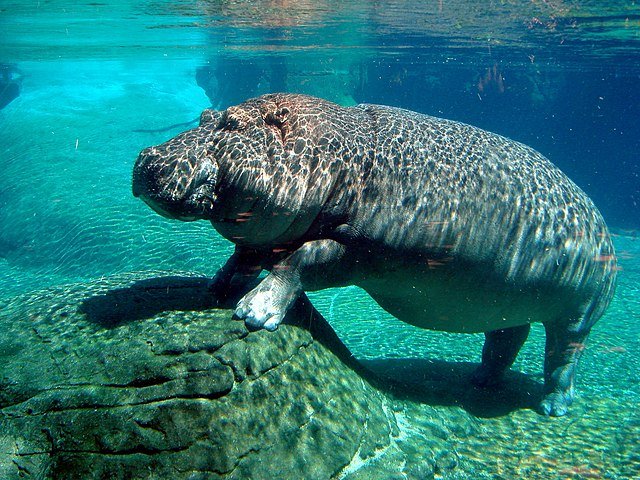
THE EVOLUTION OF WHALES
Whales are an interesting bunch! As life emerged from the proto oceans and became established on land, certain animals decided to evolve back into the waters – and thus we have the aquatic mammals known as whales. Below we present an abbreviated and streamlined evolution sequence of, now, fully aquatic mammals known as whales:
TERRESTRIAL PHASE – about 60 million years ago
- Whales evolved from small, hoofed land mammals called artiodactyls, which include modern-day pigs and deer.
- The common ancestor of both the Whales and the Hippo lived about 54 million years ago.
- Early whale ancestors like Pakicetus lived in what is now Pakistan. The Pakicetus resembled a dog-sized predator with long legs and a narrow snout.
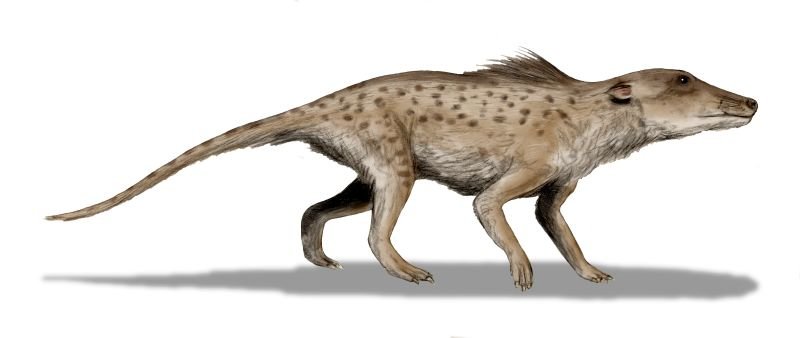
AMPHIBIOUS PHASE – 50-48 million years ago
- Ambulocetus (“walking whale”) had webbed feet and a crocodile-like snout. It could swim and walk, living in estuaries and coastal waters.

FULLY AQUATIC ANCESTORS – 40-33 million years ago
- Dorudon was now fully marine, with flippers and vestigial hind limbs. It gave birth in water and had a long, streamlined body. This proto-whale was already large and resembled modern species in form and behavior.
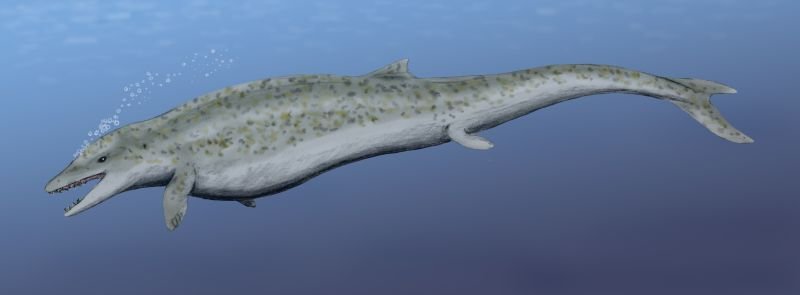
DIVERGENCE INTO MODERN GROUPS – 34 million years ago
Whales split into two major groups:
- Toothed whales (Odontoceti) — like Dolphins, Orcas, and Sperm Whales, which use echolocation.
- Baleen whales (Mysticeti) — like Blue and Humpback Whales, which filter-feed using baleen plates.
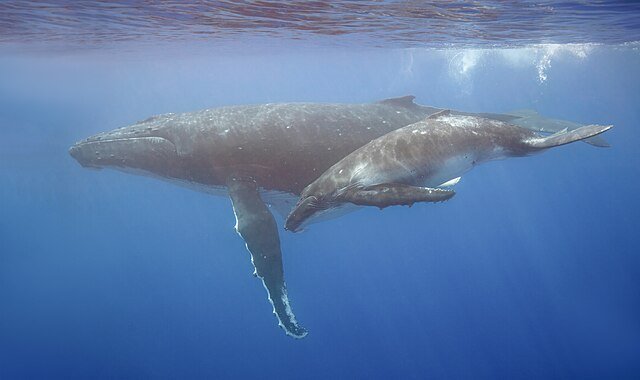
BUBBLE FEEDING
Humpback Whales are the only confirmed species to use a spectacular fishing method called ‘Bubble Feeding’ – which involves coordinated teamwork to trap a schools of fish before gorging on them in massive feeding swoops. First, a group of Whales dives underneath a school of fish. They then begin to circle the school while blowing bubbles, in effect creating a bubble net that traps the fish. The whales tighten the bubble circles, making them smaller and smaller – and then lunge upwards at high speed, their mouths open, as they swallow up the trapped fish.
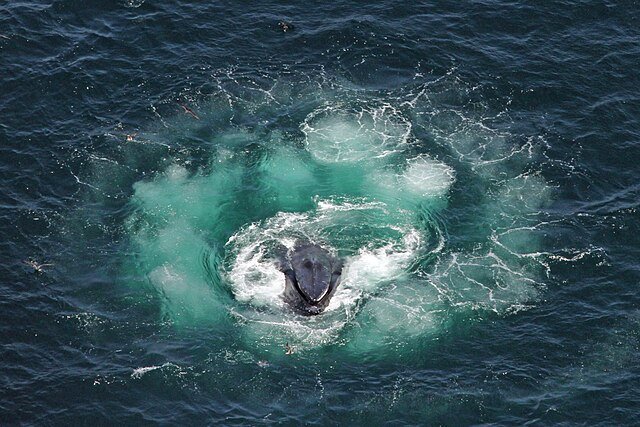
The whales rush upwards to swallow the prey, trapping enormous quantities of fish and seawater in their mouths – they then close their mouths, filtering the water out through their baleen, being left with a mouthful of fish.
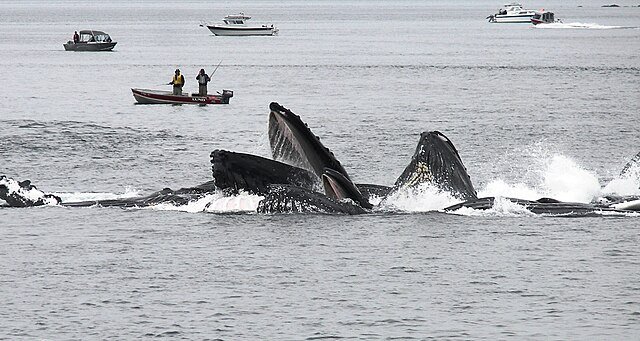
This is an unbelievable video of a kayaker being (momentarily) swallowed whole by a Humpback Whale in the process of Bubble Feeding – accessed here
BREACHING, LOBTAILING AND PEDUNCLE THROWS
Breaching
Humpback Whales engage in surface displays which make them very popular with whale watchers. Breaching involves a whale partially leaving the water and elevating itself into the air. If 40% of the whale’s body clears the water surface, the term is ‘breaching’ while ‘cresting’ refers to a leap of less than 40% body length. We do not know why whales breach – current hypotheses include social signaling, asserting dominance, calling out danger, stunning prey animals, dislodgong parasites from skin, breathing air free of sea spray, and communication during noisy storms.
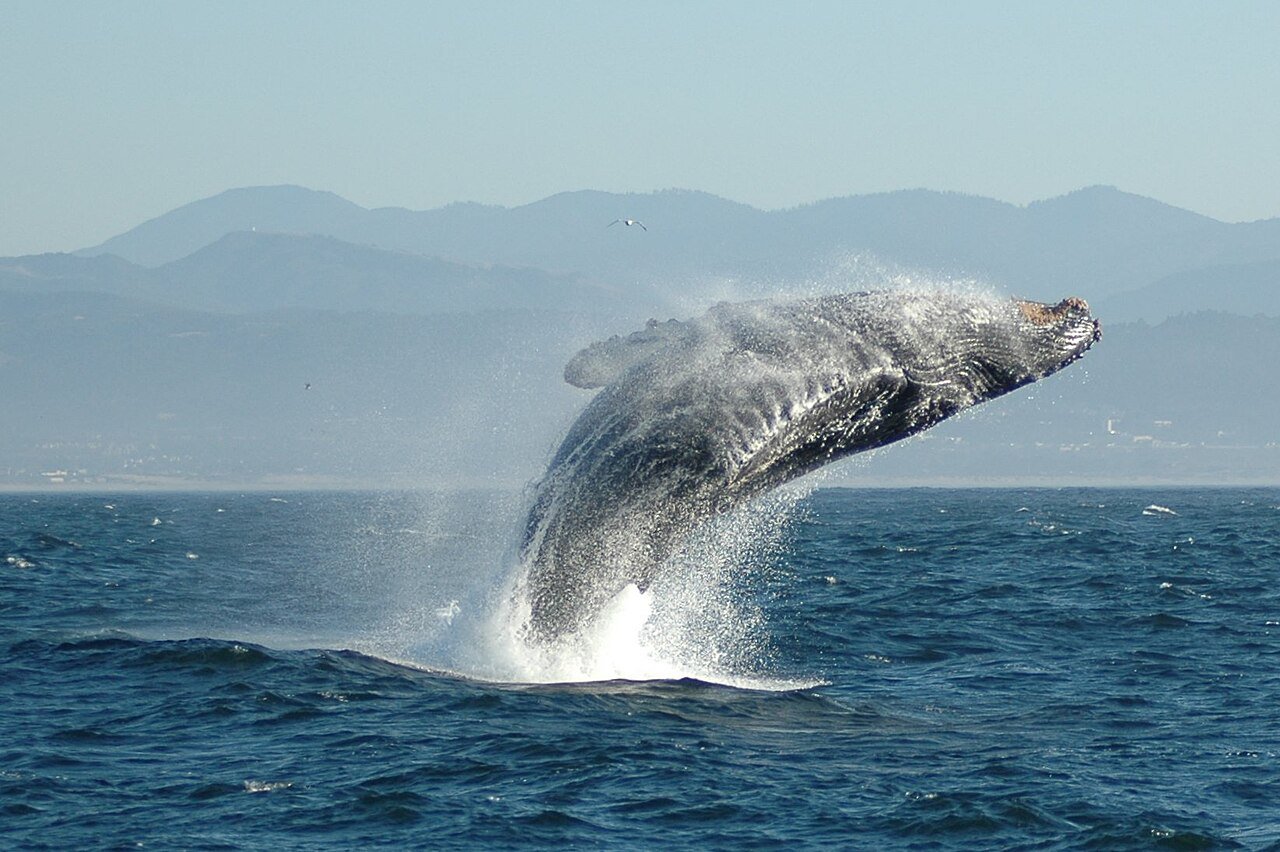

Lobtailing
Lobtailing, or tail smacking, is the act of a whale lifting its flukes out of the water and then bringing them down onto the surface of the water hard and fast in order to make a loud slap. Large whales tend to lobtail by positioning themselves vertically downwards into the water and then slapping the surface by bending the tail stock. Theories suggest lobtailing, because it is visually striking and produces a loud slap, can be used as a sigh of dominance or aggression. Some suggest that lobtailing in Humpback Whalesis a means of foraging. The hypothesis is that the loud noise causes fish to become frightened, thus tightening their school together, making it easier for the humpback to feed on them. The fact that lobtailing does not appear to be an ingrown behavior but rather a novel, learned and passed-on trait gives credence to this conclusion.
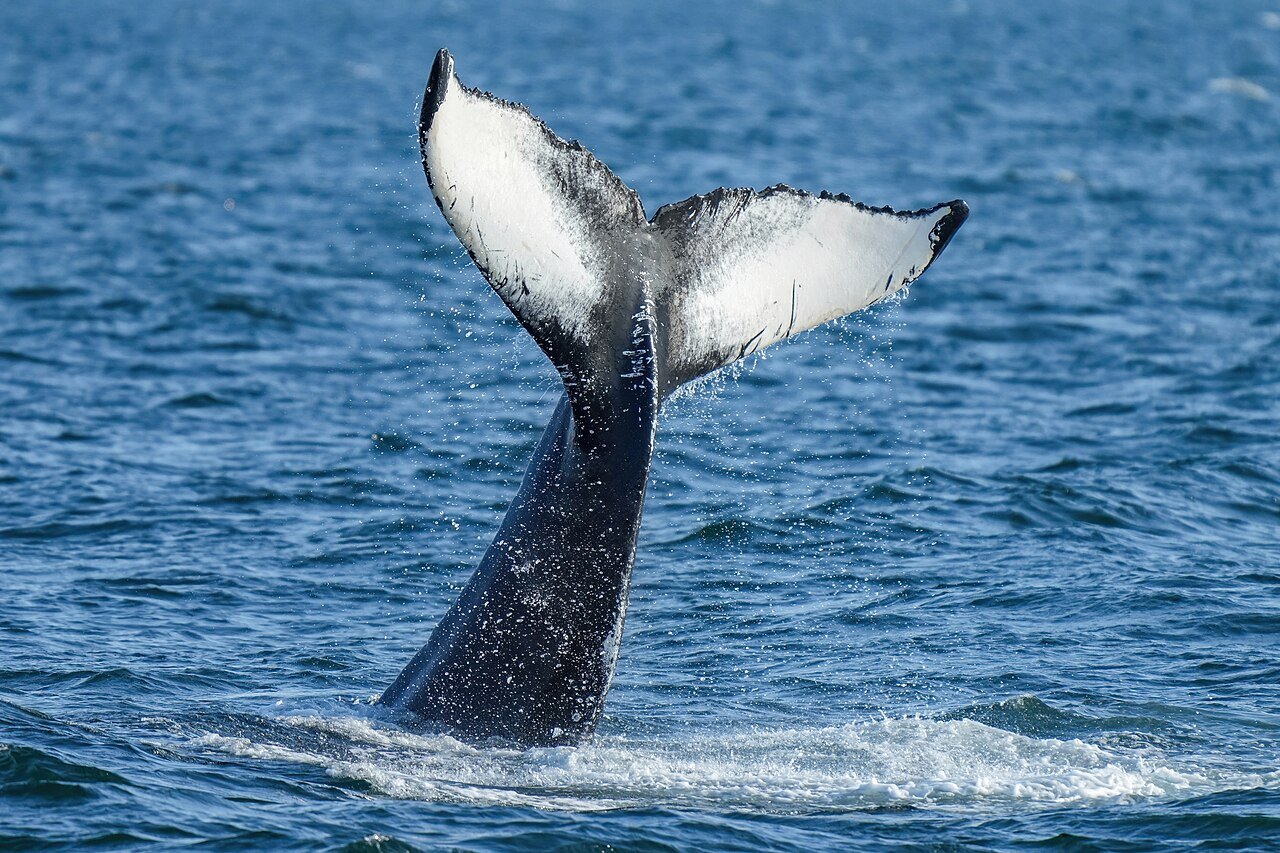
A great Humpback lobtailing video can be accessed here
Peduncle Throw
A Peduncle Throw is a behavior unique to Humpbacks. The humpback converts its forward momentum into a crack-the-whip rotation, pivoting with its pectorals as it drives its head downward and thrusts its entire fluke and peduncle (the muscular rear portion of the torso) out of the water and sideways. It then crashes into the water with terrific force. It is thought that peduncling is an aggressive display, often directed at whale watching boats that get too close
An amazing peduncle throw video can be accessed here
We don’t have ONE whale-watching season a year – we have TWO! The whales are here for about 8 months out of each year, so there is plenty of opportunity to sight them from shore or get up close on one of the many whale boats out of Uvita. And the other 4 months? The monkeys, macaws, sloths, coatis, toucans, poison dart frogs and many other amazing jungle creatures will fill in the gap! RE/MAX WE SELL PARADISE is your trusted real estate partner – while you browse the hundreds of properties available in our area, we are waiting for your call!



